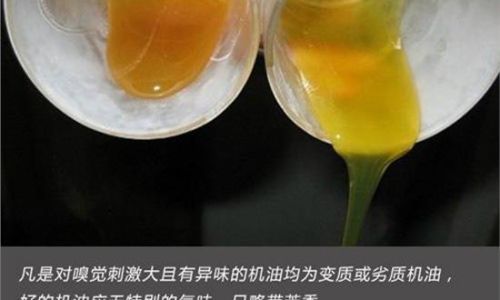Introduction
Pomelo tea, a delightful beverage derived from the fusion of pomelo fruit and tea leaves, offers a refreshing and slightly tangy taste that many find irresistible. This tea is not only enjoyed for its unique flavor but also for its potential health benefits, such as aiding digestion and boosting the immune system. However, like any other perishable product, pomelo tea can spoil over time, especially if not stored properly. Knowing how to determine if your pomelo tea has gone bad is crucial to avoid consuming a product that may no longer be safe or enjoyable. This article will guide you through the various signs and methods to identify spoiled pomelo tea, ensuring you always enjoy this beverage at its best.
Understanding Pomelo Tea
Before diving into the signs of spoilage, it’s essential to understand what pomelo tea is and how it’s made. Pomelo tea typically combines dried pomelo peel, tea leaves, honey, and sometimes other natural ingredients like ginger or lemon. The pomelo peel, rich in vitamins and antioxidants, adds a unique citrusy flavor to the tea. The tea leaves contribute to its aromatic profile, while honey or other sweeteners balance out the bitterness, creating a harmonious blend.
Proper Storage of Pomelo Tea
Proper storage is the first step in preventing pomelo tea from spoiling. Here are some best practices:
-
Airtight Container: Store your pomelo tea in an airtight container to prevent moisture and oxygen from entering, which can accelerate spoilage.
-
Cool, Dry Place: Keep the container in a cool, dry place away from direct sunlight and heat sources. High temperatures can degrade the quality of the tea.

-
Away from Odors: Pomelo tea is highly absorbent, so store it away from strongly scented foods or products to avoid flavor contamination.
-
Check Expiry Date: If your pomelo tea comes with an expiry date, adhere to it. Even if it doesn’t, it’s a good idea to use it within a reasonable timeframe after opening.
Signs of Spoilage
Now, let’s explore the specific signs that indicate your pomelo tea may have gone bad:
-
Change in Color: Fresh pomelo tea should have a vibrant, consistent color. If you notice discoloration, such as dark spots, mold, or a dull appearance, it’s a sign that the tea may have spoiled. Mold is particularly indicative of fungal growth, which can be harmful if consumed.
-
Unpleasant Odor: Pomelo tea has a distinct, refreshing citrus aroma. If the tea smells musty, stale, or has an off-putting odor, it’s likely no longer fresh. Trust your nose; if it smells bad, it probably is.

-
Texture Changes: The texture of pomelo tea can also give clues about its freshness. If the dried pomelo peel or tea leaves feel damp or sticky, or if there are visible signs of moisture, such as clumps or mold, discard the tea immediately. Moisture is a breeding ground for bacteria and mold.
-
Taste Alteration: Taste is often the most telling sign of spoilage. Fresh pomelo tea should have a balanced, slightly tangy, and slightly sweet flavor. If it tastes overly bitter, sour, or has an unpleasant aftertaste, it’s a clear indication that the tea has gone bad.
-
Visible Mold or Insects: As mentioned earlier, mold is a sure sign of spoilage. If you see any mold growth on the tea or insects present, it’s unsafe to consume. Insects can introduce harmful bacteria and other contaminants.
-
Expiration Date: While not always reliable, the expiration date on the packaging can be a useful guide. If the tea is past its expiration date and you notice any of the above signs, it’s best to err on the side of caution and discard it.
-
Package Integrity: If the packaging has been compromised, such as a torn or punctured bag, it allows air and moisture inside, which can lead to spoilage. Even if the tea inside looks and smells fine, it’s safer to discard it if the packaging isn’t intact.

Health Risks of Consuming Spoiled Pomelo Tea
Consuming spoiled pomelo tea can pose various health risks. Mold and bacteria can cause food poisoning symptoms such as nausea, vomiting, diarrhea, and abdominal pain. In severe cases, certain molds can produce toxins that are harmful even in small amounts. Additionally, the quality and nutritional value of the tea degrade over time, making it less beneficial even if it doesn’t cause immediate illness.
Conclusion
Knowing how to determine if your pomelo tea has gone bad is a vital skill for anyone who enjoys this refreshing beverage. By paying attention to changes in color, odor, texture, and taste, as well as checking for mold, insects, and package integrity, you can ensure you’re consuming only the freshest, safest pomelo tea. Proper storage practices further help in preserving the quality and extending the shelf life of your tea. Remember, it’s always better to err on the side of caution and discard any tea that shows signs of spoilage to avoid potential health risks. With these guidelines, you can continue to enjoy the delightful taste and health benefits of pomelo tea without worry.





0 comments